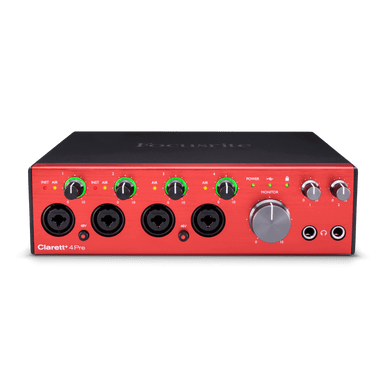Shefffield
Member
Hello forum,
I have to rearrange my DAC and amplifiers setup and need to make new cables for that. The units in question are an RME Fireface UFX II as DAC/preamp and a bunch of Powersoft D-Cell 504 amp modules (technical specs in this post: https://www.audiosciencereview.com/...ider-for-active-diy-speaker.28709/post-998878). The cables lengths will be around 3..5 m each.
Since I finally found a forum where esoteric believe seems to be frowned upon, I'd like to check with you if I am thinking in the right direction.
I plan to buy from pro audio suppliers, Cordial, Sommer cable and the likes.
1. Cross section (gauge)
Pro audio signal cables are available in different conductor cross sections. I am aware that the resistance of a relatively short line level cable doesn't matter much, but the price difference between 2x0,22 mm², 2x0,34 mm² and 2x0,5 mm² is not big. Is there any harm in going for the larger cross section and minimize the resistance?
On the other hand, the contact patches at the amp modules are relatively small (see 3.), so I might just stick to the 2x0,22 mm² standard and not worry.
2. Shielding
Since I am totally free to build the connections as I like, I could add a thicker (1,5..2,5 mm²) cable in parallel to the shield on pin 1. Just to offer any unwanted currents a convenient path of least resistance away from the signal wires. Helpful or unnecessary?
I assume that it's best to connect pin 1 on both ends for a proper grounding of the amp modules to the DAC.
3. Connectors
I'm a fan of Neutrik connectors and have no reason to look for anything else. Given my thoughts in 1. I think I should pick their BAG versions (gold plated contact pins). I have 2x XLR female for channels 1+2 and 6x TRS for channels 3-8. The amp modules have shrouded header connectors.
I have to rearrange my DAC and amplifiers setup and need to make new cables for that. The units in question are an RME Fireface UFX II as DAC/preamp and a bunch of Powersoft D-Cell 504 amp modules (technical specs in this post: https://www.audiosciencereview.com/...ider-for-active-diy-speaker.28709/post-998878). The cables lengths will be around 3..5 m each.
Since I finally found a forum where esoteric believe seems to be frowned upon, I'd like to check with you if I am thinking in the right direction.
I plan to buy from pro audio suppliers, Cordial, Sommer cable and the likes.
1. Cross section (gauge)
Pro audio signal cables are available in different conductor cross sections. I am aware that the resistance of a relatively short line level cable doesn't matter much, but the price difference between 2x0,22 mm², 2x0,34 mm² and 2x0,5 mm² is not big. Is there any harm in going for the larger cross section and minimize the resistance?
On the other hand, the contact patches at the amp modules are relatively small (see 3.), so I might just stick to the 2x0,22 mm² standard and not worry.
2. Shielding
Since I am totally free to build the connections as I like, I could add a thicker (1,5..2,5 mm²) cable in parallel to the shield on pin 1. Just to offer any unwanted currents a convenient path of least resistance away from the signal wires. Helpful or unnecessary?
I assume that it's best to connect pin 1 on both ends for a proper grounding of the amp modules to the DAC.
3. Connectors
I'm a fan of Neutrik connectors and have no reason to look for anything else. Given my thoughts in 1. I think I should pick their BAG versions (gold plated contact pins). I have 2x XLR female for channels 1+2 and 6x TRS for channels 3-8. The amp modules have shrouded header connectors.


